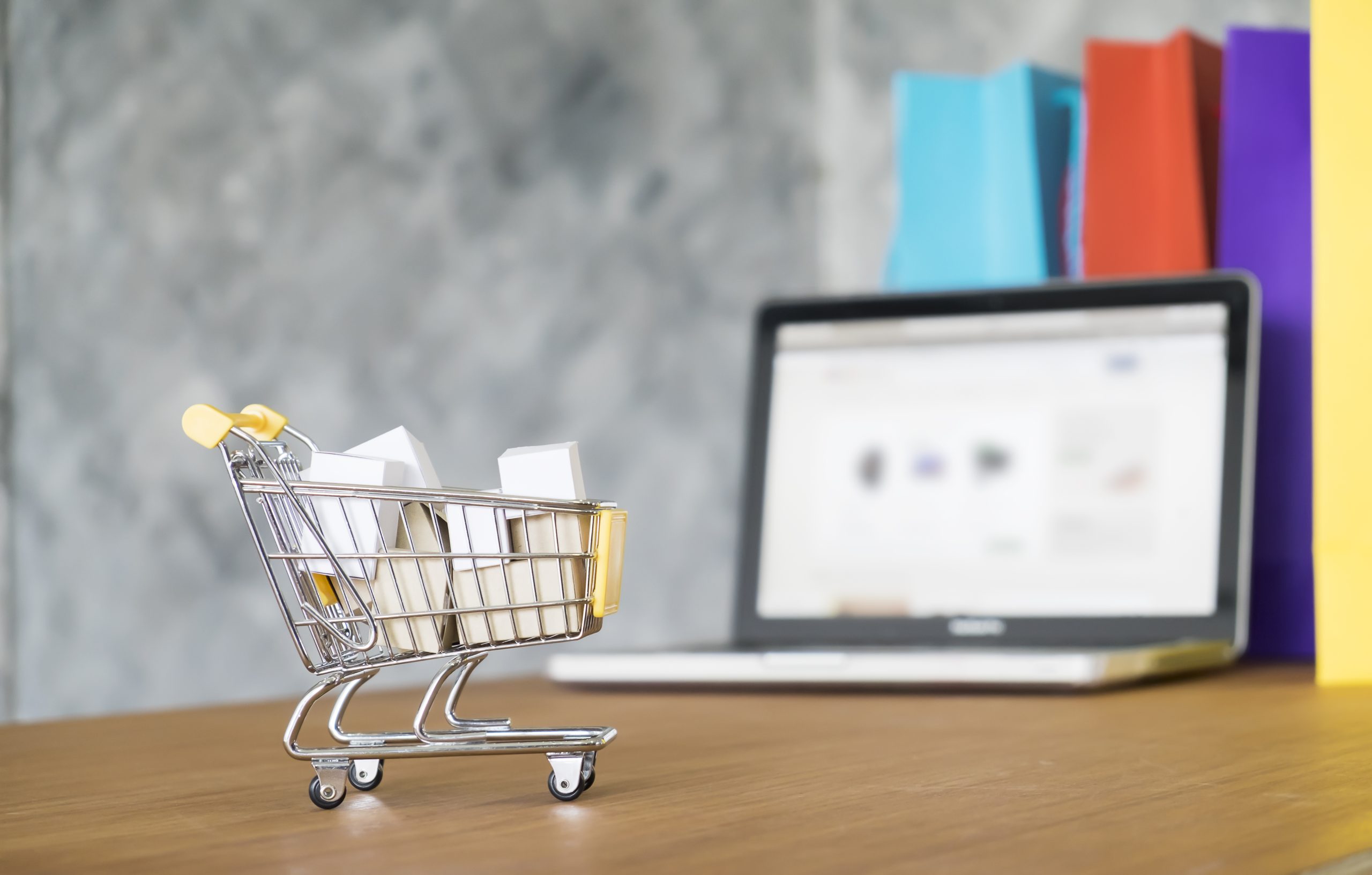Starting an online business through Shopify dropshipping is a great way to become an entrepreneur in 2023. With the rise of e-commerce and the growth of the digital economy, dropshipping has become a popular business model for many people looking to start their own online store. In this article, we’ll provide a step-by-step guide to help you launch and grow a successful Shopify dropshipping business. We’ll cover everything from choosing a niche and supplier, to setting up your store, marketing your products, and optimizing your store for success. Whether you’re new to e-commerce or a seasoned entrepreneur, this guide will provide you with the information you need to build a profitable and sustainable Shopify dropshipping store.
Choose a niche
Choosing the right niche is critical to the success of your Shopify dropshipping store. Here are some of the best ways to choose a niche:
Find a profitable market:
Research and find a product category that has a high demand and low competition.
___________________
HOW TO EASILY LOOK UP SHOPIFY STORES ON GOOGLE?
You can search for Shopify stores on Google using the following steps:
1. Go to Google.com and enter a keyword related to the type of store you’re looking for. For example, “best Shopify stores for women’s clothing.”
2. Scroll through the search results and look for websites with a .myshopify.com domain. These are likely to be Shopify stores.
3. You can also use the “site:” operator to search for Shopify stores on Google. For example, “site:myshopify.com women’s clothing.” This will only show you results from Shopify stores.
4. You can also use the Shopify app store to search for popular apps and themes used by Shopify stores. This can be a great way to find successful stores in your niche.
5. You can also use social media platforms like Instagram and Facebook to find popular Shopify stores. Look for stores with a large following and positive customer reviews.
By using these techniques, you can easily find and research successful Shopify stores in your niche. This can provide you with valuable insights into what works and what doesn’t, as well as help you identify opportunities in the market.
________________________
Passion and knowledge:
Choose a niche that you are passionate about and knowledgeable about. This will make it easier for you to create content and offer value to your customers.
Trends:
Keep an eye on current trends and consider starting a store in a niche that is growing in popularity.
Customer pain points:
Identify common pain points of your target audience and choose a niche that offers solutions to those problems.
Competitor analysis:
Study your competitors to understand their strengths and weaknesses, and find a gap in the market that you can fill.
Test the market:
Consider starting with a small budget to test the viability of a niche before fully committing to it.
Remember, the key to success in dropshipping is to choose a niche that you are passionate about and that has a proven market demand.
How to choose a supplier?
Choosing the right supplier is crucial to the success of your Shopify dropshipping store. Here are some of the best practices to choose a supplier:
Research suppliers:
Use directories like AliExpress, Oberlo, and Wholesale Central to find a list of potential suppliers.
Evaluate quality:
Look for suppliers that offer high-quality products, with positive customer reviews and ratings.
Check pricing:
Compare pricing from multiple suppliers to ensure you’re getting a good deal.
Consider shipping times:
Choose a supplier that offers fast shipping times to keep your customers happy.
Look for reliability:
Choose a supplier that has a proven track record of reliability, with a low rate of returns and customer complaints.
Negotiate terms:
Try to negotiate favorable terms with your supplier, such as discounts, return policies, and payment terms.
Test the supplier:
Consider starting with a small order to test the quality and reliability of the supplier before committing to a large order.
By carefully selecting your supplier, you can ensure that you have a reliable source of high-quality products, at competitive prices, with fast shipping times.
SHOULD YOU CHOOSE INDIVIDUAL SUPPLIER OR ALIBABA FOR YOUR DROPSHIPPING BUSINESS?
Working with individual suppliers:
Pros:
– More control over the products and pricing
– Easier to build personal relationships with suppliers
– Potential for better customer service
Cons:
– More time-consuming to research and evaluate individual suppliers
– May need to manage multiple supplier relationships
– Higher risk of fraud or scams


